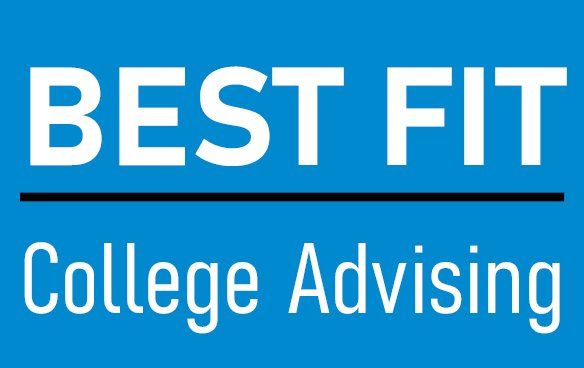As parents of children applying to college, many of us have been through it. We’ve watched our kids study and practice and run for office and cheerfully do hours of community service. We watch them wonder which of the colleges they apply to will accept them, and we wonder which ones we can afford.
College sticker prices have exploded in recent years. When I attended Smith College in the mid-80s, the annual cost to my parents was about $15,000 and I think that included room and board. These days, that amount doesn’t even cover room and board for Smith, and tuition is over $50,000 per year for schools such as Boston University, Georgetown, Haverford, Syracuse and the Ivy League schools. If those numbers seem an insurmountable barrier, what are you supposed to do?
When our son applied to college in 2013, I didn’t have any concept of how financial aid was awarded. I just hoped for the best come April. Fortunately, my husband had a more methodical approach, but my anxiety would have been considerably less if I had known then what I know now. Doing a little research and adding financial balance to the college list can make college affordable.
Need-based Aid
How a school offers aid depends on whether the school offers need-based or merit aid, or some combination of the two. There is a lot of misinformation on this topic. I’ve heard time and again, “My cousin got a full athletic scholarship to Columbia,” or “My friend’s daughter won a full merit scholarship to Dartmouth.” No, that did not happen. The Ivy League and many of the highly selective schools have agreed not to award athletic scholarships, and they assert that everyone admitted to their schools has merit, so they do not award merit scholarships. These schools offer ONLY need-based financial aid, essentially based on income and assets as determined by the Free Application for Federal Student Aid (FAFSA).
Merit Aid
Now that students are applying to more colleges than ever, there is increased pressure on colleges to improve their “yield” or the number of accepted students who enroll. One way they can show the love is to offer a merit scholarship, which is essentially a tuition discount, to a student they wish to attract. The scholarship can be based on grades, test scores, ethnicity, residency, legacy status or any other criteria the school chooses. Some awards are offered automatically while others require a separate application and the FAFSA.
Winning Valuable Aid Packages
Once a student is admitted to a college, the financial aid office determines what financial package will be offered. The main idea they work with is that the cost of attendance less the Expected Family Contribution (EFC) equals the family’s financial need. There is a little room for professional judgment on the data used to determine your EFC, but the demonstrated financial need determines how much of the aid can be awarded with federal dollars. The EFC is determined by the FAFSA. Some of the more selective schools also ask for the College Scholarship Service Profile (CSS Profile) for a more complete look at family finances. Some schools award a combination of merit and need-based aid.
Students who strategize and are willing to look beyond Puerto Rico’s favorite dozen schools may find more generous aid offers and can reap excellent rewards. In 2017-18 Smith awarded an average of $41,440 in financial aid to incoming first-years* and Case Western Reserve has been expanding its outreach to Puerto Rican students with generous awards. Additionally, many schools are free or nearly so for economically disadvantaged students because of the unique perspective that they take to the classroom. Brown, Columbia, Cornell and Duke offer free tuition, room and board for families making less than $60,000 per year, and the cutoff is $65,000 per year for Harvard and UPenn. Dartmouth offers free tuition for families making less than $100,000, Princeton puts the cutoff at $120,000 and it’s $150,000 for Stanford.
More schools are working hard to make higher education accessible to all with financial aid packages that reduce sticker prices to much more manageable levels. Most colleges have significant merit awards up to and including full tuition. If you find good-fit colleges where your child’s scores, GPA and involvement are in the upper third to quarter of the school’s profile, you may be pleased by the financial aid packages that come your way.
*IES National Center for Education Statistics
Other recent posts you might also like:





